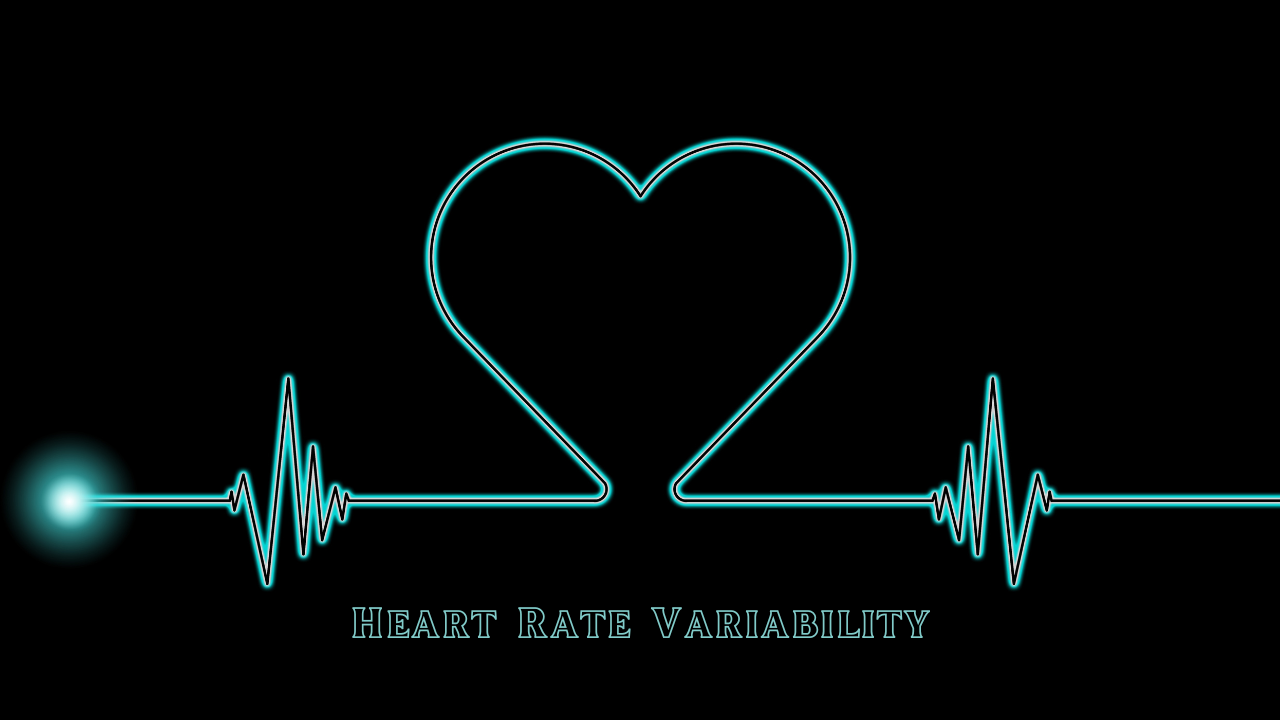Overview
VO2 Max has become a hot topic in recent years as exercise science continues to grow in popularity. You might be asking yourself, “What is VO2 Max, and why does it matter to me?”
In this post, we’ll cover what VO2 Max is, why it matters for your health and performance, and how you can improve it with the right training approach.
The Science of VO2 Max
VO2 Max is the maximum rate at which your body can consume oxygen during intense exercise. It’s a powerful indicator of how efficiently your heart, lungs, and muscles deliver and use oxygen under stress.
In simple terms:
The higher your VO2 Max, the longer and harder you can train or compete.
Endurance athletes often have high VO2 Max values, but even for non-athletes, it’s a valuable predictor of overall health. Research shows that individuals with higher VO2 Max scores are significantly less likely to suffer from:
-
Cardiovascular disease
-
Stroke
-
Type 2 diabetes
-
Other chronic health conditions
VO2 Max is determined by several physiological factors:
-
Lung oxygen uptake
-
Cardiac output (how much blood your heart pumps)
-
Blood oxygen delivery
-
Muscle extraction and usage of oxygen
How Is VO2 Max Measured?
The gold standard for testing VO2 Max is in a lab setting. Here's how it works:
-
You run on a treadmill to total exhaustion.
-
A mask connected to a respiratory gas analyzer measures your oxygen consumption.
-
Within 8–12 minutes, you’ll reach a plateau, and that value is your VO2 Max.
What’s a Good VO2 Max? Normal Values by Group
According to research:
-
Average male VO2 Max: ~45 mL/kg/min
-
Average female VO2 Max: ~35 mL/kg/min
-
College male athletes: ~52 mL/kg/min
-
College female athletes: ~41 mL/kg/min
-
Elite endurance athletes: 60–80+ mL/kg/min (exceptionally high)
💡 Note:
VO2 Max tends to decline after the age of 30 if regular training isn’t maintained. Males generally have VO2 Max values 10–20% higher than females, mostly due to greater muscle mass and blood volume.
How to Train for a Higher VO2 Max
The good news? VO2 Max can be improved through training. Even a few months of consistent effort can result in noticeable gains.
✅ 1. Aerobic (Steady-State) Training
This includes long-duration, moderate-intensity cardio.
With regular aerobic exercise, your VO2 Max can increase by ~4–5 mL/kg/min.
✅ 2. High-Intensity Interval Training (HIIT)
Research shows that HIIT can significantly boost VO2 Max, especially in untrained individuals. HIIT involves short bursts of near-max or max effort, followed by recovery periods.
✅ 3. Combine Both for Best Results
To maximize your VO2 Max improvement, do both long aerobic sessions and interval training.
📆 Example Weekly Training Split:
-
2–3 interval training sessions
-
2–3 longer, steady-state aerobic sessions
⚠️ One Limitation: Genetics
Genetics do play a role — studies show 50–70% of your VO2 Max is hereditary. But that doesn't mean you’re stuck.
Anyone can train to significantly improve their VO2 Max.
And as the saying goes: Hard work beats talent when talent doesn’t work hard.
Conclusion
Now that you’ve got a clear overview of VO2 Max, it’s easy to see why it’s one of the most important health and performance metrics out there.
It’s not just about athletic potential — VO2 Max is a window into your longevity, resilience, and heart health.
You can measure it in a lab, or estimate it with wearable fitness tech (though less accurately). Either way, tracking and improving your VO2 Max is one of the smartest things you can do for your health.
Train with VO2 Max in mind — and watch your performance and longevity soar.





Leave a comment
This site is protected by hCaptcha and the hCaptcha Privacy Policy and Terms of Service apply.